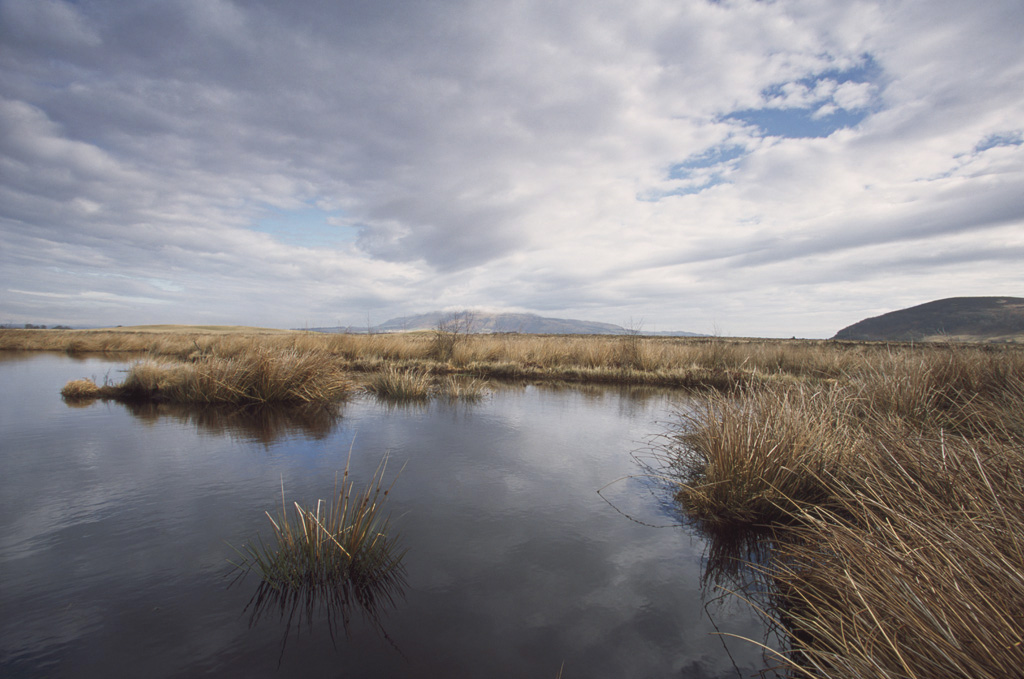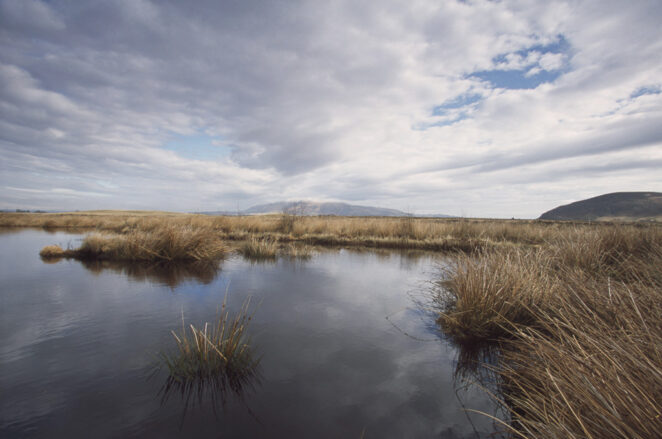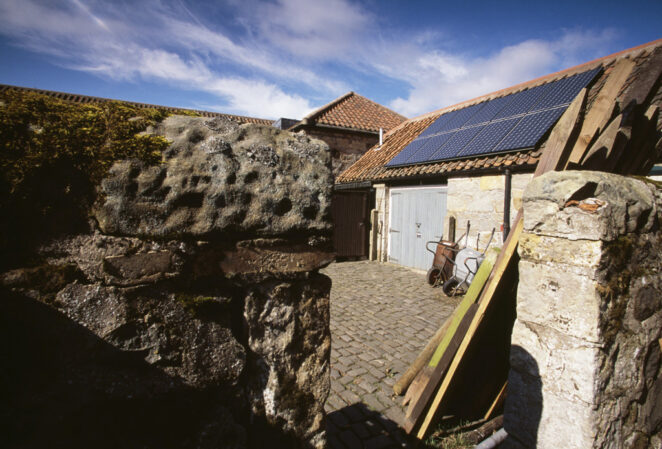Case-study /
Loch Leven Nature Reserve – adaptive action for changing rainfall patterns

Introduction

Following changes in rainfall patterns, adaptive action was taken through the creation of new water storage areas on the wetlands at Loch Leven Nature Reserve, Scotland. This enabled water levels to be better managed for wildlife, reducing the impact of less summer rain and more winter rainfall on the quality of the habitat for important local species. Early adaptive action ensures wildlife habitats are improved and increases the resilience of ecosystems and the species it supports.
What are the issues?
Less summer rainfall and more winter rainfall have resulted in reduced habitat quality. Of particular note are the following issues:
- Nest loss due to flooding.
- Periods of lower rainfall and droughts leading to wetlands drying out. This affects migratory birds reliant on wetland areas during their migrations.
- Changes in rainfall changing soil moisture that in turn may reduce the longevity of the seed bank within the soil.
- Increased rainfall reducing food availability in winter. As a result a greater amount of energy is expended by small birds resulting in lower winter survival rates.
In addition to the problems relating to the rainfall, the waters of Loch Leven have been affected by the discharge of industrial effluent, domestic sewage and increased fertiliser run-off from local agricultural land. The result is that there has been a build-up of nutrients in the Loch, with algal blooms greatly reducing the abundance and diversity of the plants.
What has been done so far?
In order to combat these changes in seasonal rainfall, several measure have been taken:
- Predicted climate-change impacts have been considered into species and land-management plans, programs, and activities. This will enable future adaptation actions to be taken when necessary.
- Site work has been carried out to re-profile areas on the reserve and create new water storage areas on the wetland to store water and manage water levels. This ensures more water can be captured during heavy rainfall, lessening risks of flooding and increasing areas of water during periods of low rainfall.
- Lowland raised mire has been restored in order to re-establish important plant communities, and to benefit breeding and wintering snipe. Work includes raising and maintaining the water table, and controlling birch and scrub encroachment.
- Renewable energy has been installed on to the reserve. Solar energy and a wind turbine feed into the general system for electricity supply which can then be used in the shop, cafe and offices, as well as for the reserve. These measures reduce greenhouse gas emissions and reliance on fossil fuels in the future.
- Local planning authorities are reducing pollution at Loch Leven through the adoption of catchment management plans, thereby improving water quality and enhancing wetland species recovery.
The Policy Context
Implementation of projects that have clear environmental benefits could be better achieved through improved communication and two-way knowledge exchange with decision makers and local authority planning officers. This should be complimented by an improved dialogue at the local level.

